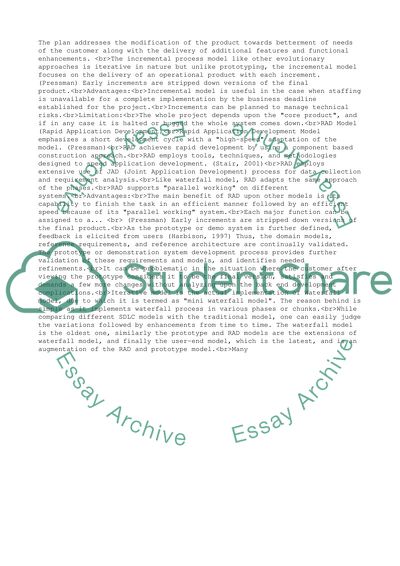Cite this document
(“System Development Life Cycles Essay Example | Topics and Well Written Essays - 3250 words”, n.d.)
Retrieved from https://studentshare.org/business/1521844-system-development-life-cycles
Retrieved from https://studentshare.org/business/1521844-system-development-life-cycles
(System Development Life Cycles Essay Example | Topics and Well Written Essays - 3250 Words)
https://studentshare.org/business/1521844-system-development-life-cycles.
https://studentshare.org/business/1521844-system-development-life-cycles.
“System Development Life Cycles Essay Example | Topics and Well Written Essays - 3250 Words”, n.d. https://studentshare.org/business/1521844-system-development-life-cycles.


